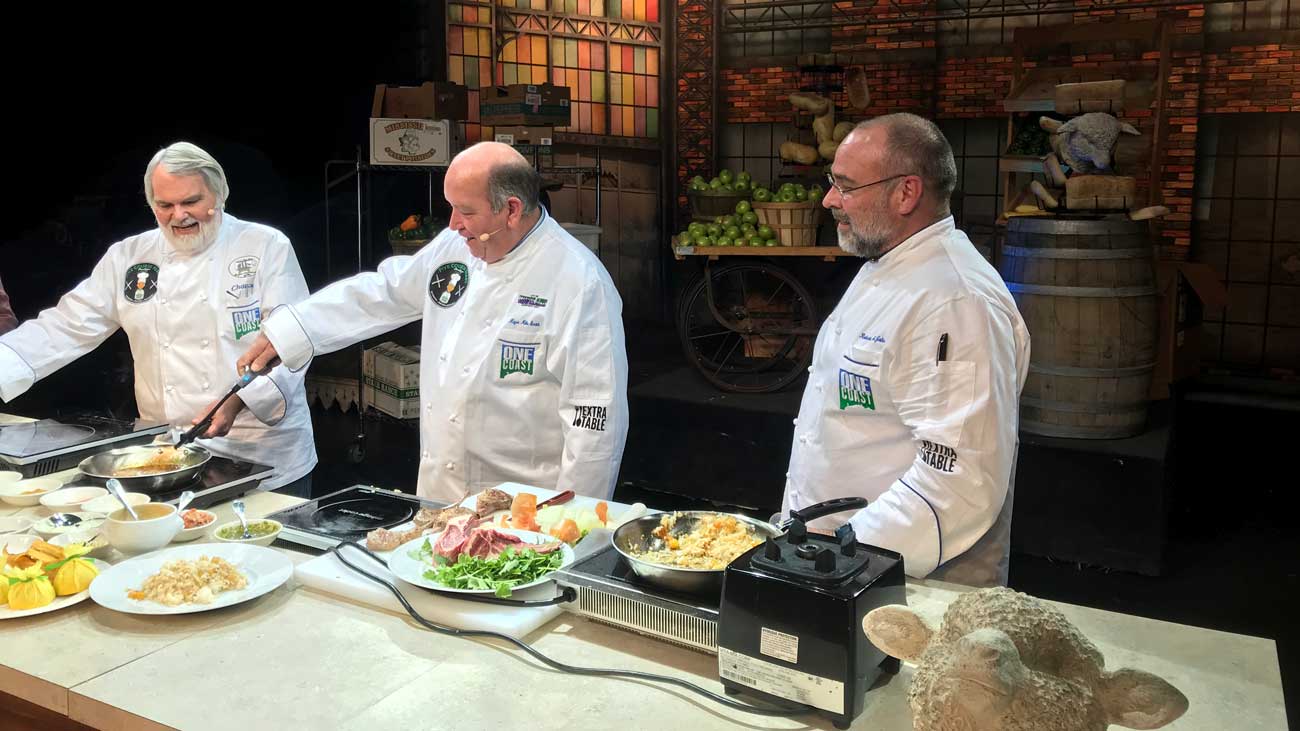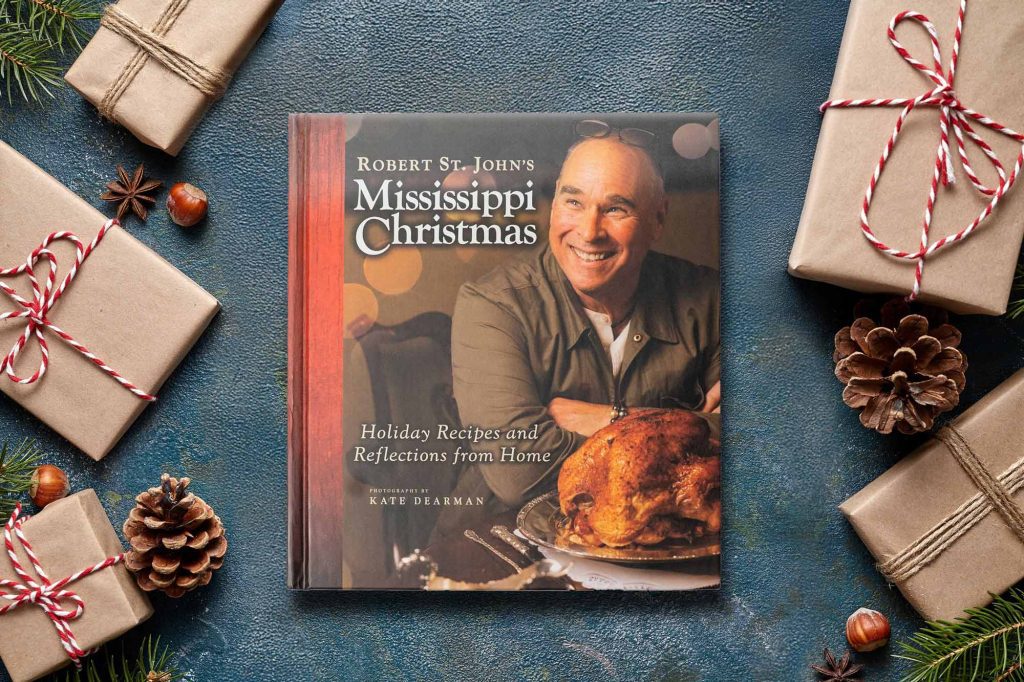“The wind brings them out,” she said.
My friend Wyatt and I had just finished a presentation for an outdoor luncheon on the picturesque campus at Mississippi State University. We were walking along a small ridge above a pecan grove just behind the university president’s home with the wife of the president, the spirited, vivacious, and ebullient, Rhonda Keenum. “Whenever we have a windy day this time of year, people come out and pick pecans,” Keenum said.
The weather was perfect— San-Diego-comes-to-Starkville perfect. The skies were clear, the wind was gusting, leaves were turning, and pecans were falling. A few dozen people were walking methodically among the rows of pecan trees beside the president’s home, pausing frequently to stoop and pick up pecans.
I had never before made a conscious correlation between the wind and pecans. In my mind’s eye I traveled back to the pecan groves of my youth. The one near my grandmother’s house, the one on the playground of my kindergarten, and the one near a small pond on someone’s private property. I gathered pecans at all of them, often.
Standing on that ridge, I thought back to the other pecan trees I knew in my youth. I know where some of them still are. Like every Southern boy of my era who knew the location of every available neighborhood water faucet during hot Mississippi summers, I also knew where the best fruit trees were located along the well-traveled bikeways and neighborhood routes of my childhood. I visited the pecan trees time and again in the fall, probably more often on windy days.
The pronunciation is always “puh-cahn.” A “pee-can” is something one uses in a bathroom emergency. People who say, “pee-can” are northerners who can be found collecting large pinecones by the side of the highway and adding sugar to their grits in local diners.
The pecan is, in my opinion, the most versatile nut. Actually a pecan is not a nut. It’s a fruit. It’s in the hickory genus, which might explain why the wood works so well in creating smoke for barbequing.
Pecans are southern by design. God put them in zones 6-10 because he loves the South more than he loves the rest of the country. Look it up. I’m sure it’s in the Old Testament somewhere. For God so loved the South, he gave us pecan pie.
Pecans, unlike nuts, provide instant gratification. Every southern boy grows up knowing how to open a pecan using another pecan by cracking the two in his palm. Young boys in New Hampshire can’t open chestnuts with another chestnut. Kids in California are clueless as what to do with two almonds. Peanuts, though Southern, must be roasted or boiled first.
Pecans are versatile. In addition to the aforementioned pecan pie, I use pecans in several recipes and most aren’t desserts. I’ve been serving pecan-crusted fish at our restaurants for over two decades. My friend Larry Foote roasts pecans with butter and salt which makes a perfect holiday around-the-house cocktail pick up. I even use pecans instead of pine nuts when making pesto. I am not a fan of pralines (pronounced “praw-lean,” by the way, not “pray-lean”), but one can’t make them without pecans.
I rarely see pecans on the ground these days. For a while I used to think that pecans might be dying off in the Deep South. I assumed that people weren’t fertilizing or spraying for bugs, or maybe that a rare plant virus had attacked the pecan groves sending them on the path to potential extinction alongside the beloved dogwood.
Though, standing on the ridge above that pecan grove in Starkville, Mississippi, it struck me that the pecans have always been there and they have always been plentiful. It’s just that I don’t spend as much time outside as I did when I was a kid and I am a lesser man for it.
One day I will build a house in the middle of a pecan grove. The leaves will provide shade during hot summer days and the branches will offer suitable climbing for my grandchildren. I will sit under the trees on brisk fall days and wait for the wind. When the branches begin to sway I will eat pecans, relive my childhood, and remember that perfect day in October of 2012.
Pecan Pie
This pie does not refrigerate well, but does keep okay for a day or two, covered, at room temperature. Do not microwave. It’s best to cook it like they do at Camellia Grill and heat it, face down, on a flat-top griddle with a little melted butter
1 stick butter
1/2 cup light Karo syrup
1/2 cup dark Karo syrup
1 cup sugar
4 large eggs, beaten (reserve one egg white)
1 Tbs. lemon juice
1 Tbs. vanilla
1 dash salt
1 tsp. flour
2 cups coarsely broken pecans
1 nine-inch pie shell, unbaked
Preheat oven to 425 degrees.
1. Melt butter in a saucepan over very low heat and cook until the bubbling stops and the solids at the bottom have begun to brown. Cool.
2. In a bowl, combine syrups, sugar, eggs, lemon juice, vanilla, salt, and flour. Stir well, then blend in the butter.
3. Brush unbaked pie shell bottom with egg white. This keeps the crust from getting soggy. Pour the filling from step 2 into the pie shell. Top with the pecans, pushing them down with a spoon if necessary so that all the pecans are at least touching the filling.
4. Bake at 425 degrees for 10 minutes, then reduce temperature to 325 degrees for 30 to 40 minutes. Cool to warm room temperature.



